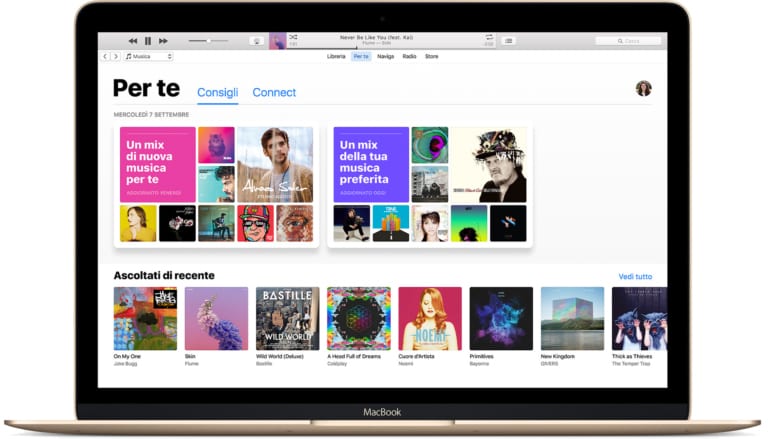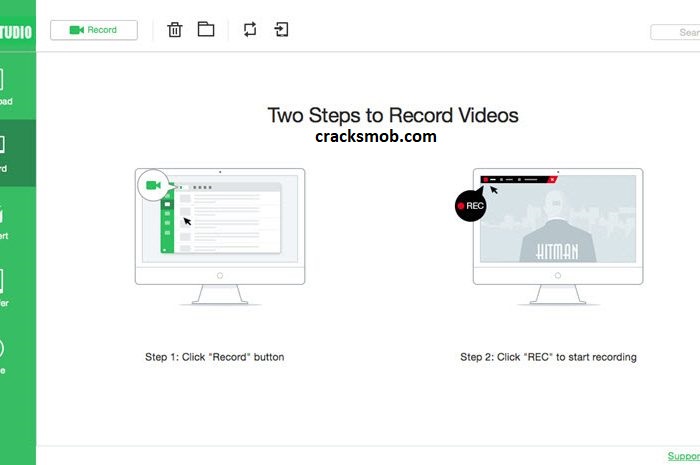

The M4r files synced back and forth to your iPhone. It also adds the ringtone to the Ringtone tab within the iPhone section of iTunes. The first time you ever execute one, it adds a Ringtone directory to your iTunes Music directory structure IF you have iTunes managing your music. There is a ringtone type assigned to iTunes “.M4r,” executing this ringtone type does a few things. This assumes you are starting with an AAC file that your renamed from M4a to M4r

Look at playlist created in iTunes with a bunch of Xs next to each ringtone.Try to sync but it fails because it cannot find the m4r files (this is good).Opened the “Ringtones” folder that iTunes created in MusiciTunesiTunes MusicRingtones.Made sure they appeared when in the list on the Ringtones tab in iTunes.Drag the Ringtones folder from my desktop to the playlist I created in iTunes.Create playlist called “Ringtones” in iTunes.Check “Copy files to iTunes Music folder when adding to library”.Check “Keep iTunes Music folder organized”.


Select your ringtone and change the file extension back to m4a. Open your iTunes Library folder and find the Ringtones folder: iTunes Music/Ringtones. If you’re seeing “cannot be played on this iPhone errors” like this: This totally seems like it shouldn’t work. It imported, synced to and played on my iPhone without any other steps.Ĭurrently there are no known ringtone hacks for iPhone 1.1.1.Īpple, you’re pissing off your fans. I just tested it quickly by renaming a previous home-made ringtone file to m4r and double-clicking. Update: Amazingly, iPhone 1.1.2 update re-enabled the m4r-rename hack.


 0 kommentar(er)
0 kommentar(er)
